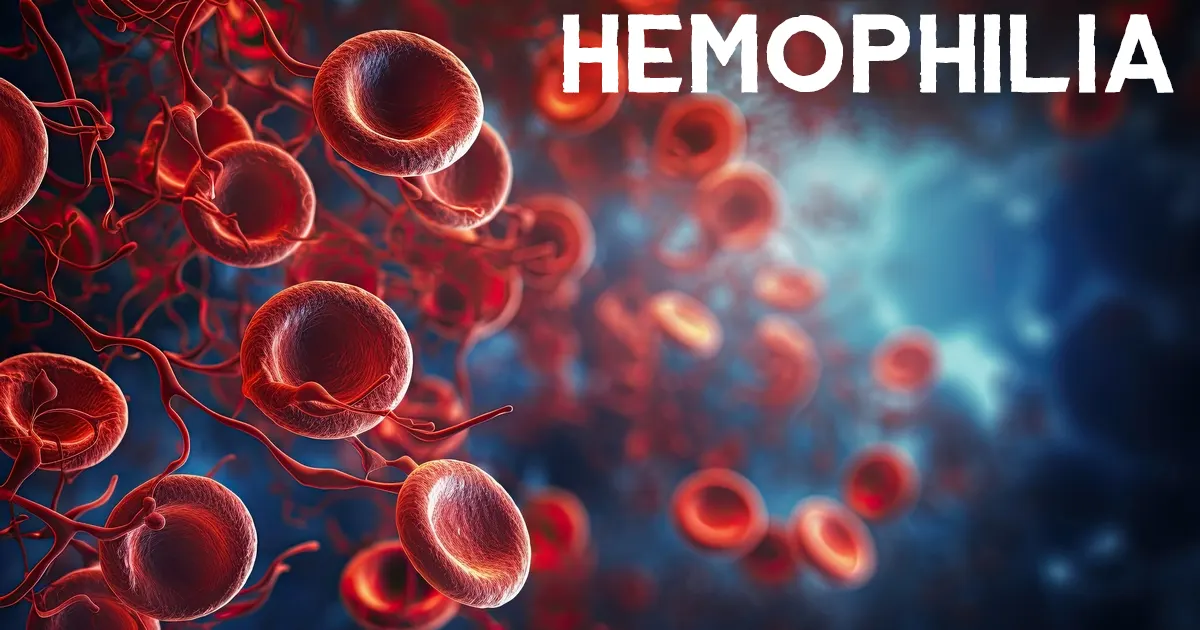GS 3: Science & Tech

Hemophilia is a genetic disorder where the blood doesn’t clot properly, leading to excessive bleeding after injury, surgery, or even without a clear cause. It is usually inherited and primarily affects males, although females can be carriers of the gene. Hemophilia occurs because of deficiencies in clotting factors, which are proteins in the blood that help it to clot.
There are two main types of hemophilia:
- Hemophilia A: Caused by a deficiency in clotting factor VIII (8). It is the most common form.
- Hemophilia B: Caused by a deficiency in clotting factor IX (9), also known as Christmas disease.
Symptoms of Hemophilia:
- Excessive bleeding from cuts or injuries
- Spontaneous bleeding, particularly into joints and muscles, causing swelling and pain
- Easy bruising
- Nosebleeds that are hard to stop
- In severe cases, internal bleeding can occur, which can be life-threatening.
Treatment:
Hemophilia is treated with clotting factor replacement therapy, where the missing clotting factors (VIII or IX) are injected into the bloodstream to help blood clot normally. For mild cases, medications like desmopressin may help release stored factor VIII. In addition, physical therapy may be recommended to prevent joint damage from internal bleeding.
Genetic Causes:
Hemophilia is inherited in an X-linked recessive pattern, meaning the gene causing the disorder is located on the X chromosome. Males, who have only one X chromosome, are more likely to be affected. Females have two X chromosomes, so they are more likely to be carriers and pass on the disorder.
GENE THERAPY FOR HEMOPHILIA
Gene Therapy for Hemophilia is a new treatment that aims to fix the genetic cause of hemophilia by inserting a healthy copy of the missing or defective gene. For hemophilia A, this means adding the gene for clotting factor VIII, and for hemophilia B, adding the gene for clotting factor IX. The goal is for the patient’s body to start producing the clotting factors it needs naturally, reducing or eliminating the need for regular blood clotting treatments.
How it Works:
- Viral Vectors: Modified viruses are used to deliver the healthy gene into the liver cells, which produce the clotting factors.
- Positive Results: Some patients who have received gene therapy have seen fewer bleeds and reduced need for clotting factor infusions, and in some cases, symptoms have been completely resolved.
Challenges:
- The body’s immune system might react to the viral vectors, which could limit the therapy’s effectiveness.
- Long-term effects and the possibility that the body might stop producing clotting factors over time are still being studied.
Current Status:
Gene therapy is showing great promise and has already been approved in some cases, like Hemgenix for Hemophilia B. More research is needed to fully understand its long-term effectiveness and safety.




